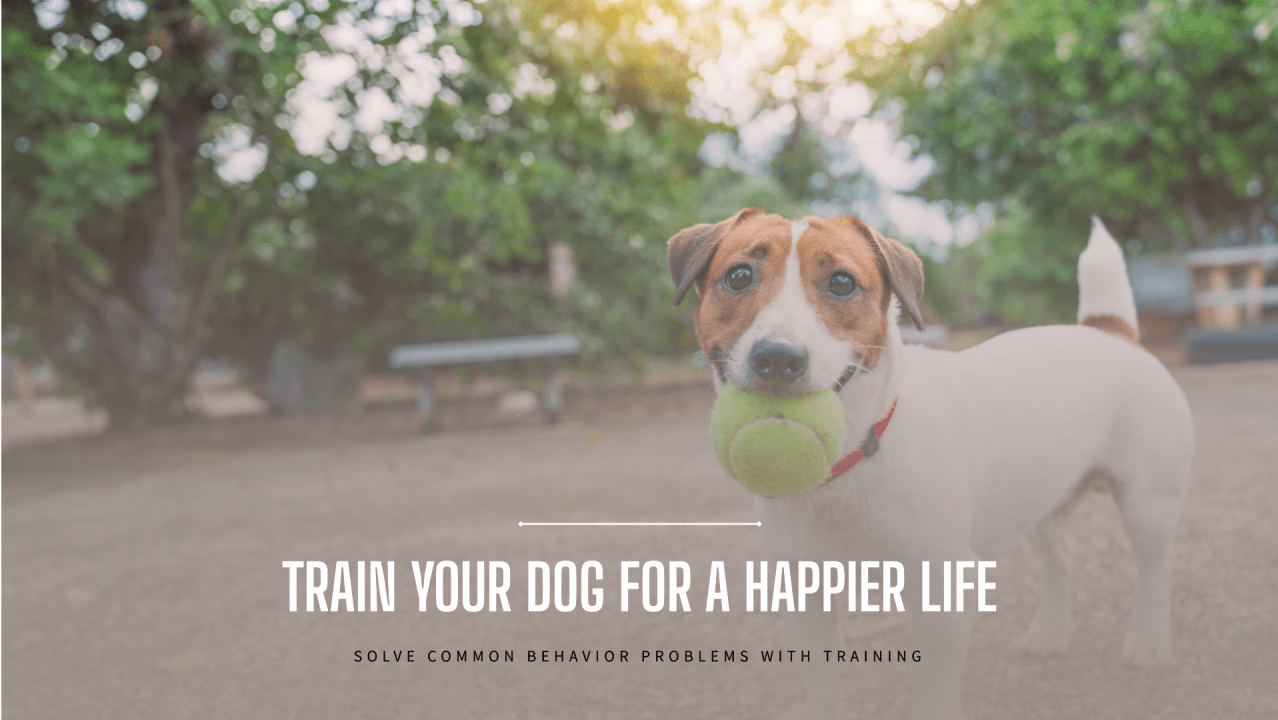All pet parents want the best for their furry friends. But what happens when your dog’s behavior becomes disruptive, making life at home stressful? From constant barking to destructive chewing, these common dog behavior problems can quickly strain the bond between you and your dog if left unchecked. Its more to with understanding dogs behaviors than Obedience
Here’s the wake-up call: addressing dog behavior problems through consistent training isn’t just about obedience—it’s about improving your dog’s well-being and creating a more harmonious household. Dog behavior training is essential for helping your dog feel secure, confident, and happy.
- The Most Common Dog Behavior Problems Pet Parents Face
Many pet parents struggle with behavioral issues ranging from minor annoyances to significant disruptions. Here are five of the most common dog behavior problems:
- Excessive Barking: Dogs bark for many reasons, including boredom, anxiety, and excitement. However, excessive barking can indicate more profound issues like stress or a lack of boundaries.
- Leash Pulling: Taking your dog for a walk should be enjoyable, but leash pulling turns it into a battle of control. This usually stems from improper leash training or pent-up energy.
- Separation Anxiety: Does your dog panic when you leave? Signs of separation anxiety include barking, chewing, or having accidents when alone. This behavior is linked to anxiety that needs addressing.
- Jumping on People: While some dogs greet visitors enthusiastically, jumping on guests can be annoying and dangerous, especially around children or older adults.
- Destructive Chewing: Dogs chew to explore, but when it leads to destroyed shoes or furniture, it’s a problem. Dangerous behavior is often a sign of boredom or a need for mental stimulation.
- Why Dog Behavior Training is Crucial
Unresolved dog behavior issues don’t fix themselves. They worsen over time, making it harder for you and your pet to enjoy life together. Here’s why it’s essential to address these behaviors early:
- Safety First: A well-trained dog is a safer dog. Dog training ensures your pet knows how to behave in situations that could pose risks, like around traffic or other animals.
- Happier Pet, Happier You: Dogs need structure, and behavior correction gives them the guidance they crave. A trained dog is more content, and you’ll enjoy a more peaceful home environment.
- Stronger Bond: Training strengthens the bond between you and your dog. By consistently addressing behavior problems, you’ll create a foundation of trust and mutual understanding.
- How to Start Correcting Dog Behavior Problems
Effective dog behavior correction starts with consistency, patience, and positive reinforcement. If you’re facing common dog training challenges, follow these steps to begin turning things around:
- Mental Stimulation: Dogs thrive on mental challenges. Incorporate interactive dog toys, puzzle feeders, and regular training sessions to engage your dog mentally.
- Exercise: Physical activity is vital to curbing destructive behaviors caused by excess energy. Regular walks, playtime, and runs will help minimize issues like leash pulling and barking.
- Reward Good Behavior: Focus on rewarding positive actions. Dogs respond best to positive reinforcement, so praise or offer treats when they exhibit good behavior.
The Best Time to Start Training is Now
Don’t wait for bad habits to become ingrained. The best time to start training your dog is now. By addressing dog behavior problems early, you’ll enjoy a happier, well-behaved dog and a stronger relationship with your four-legged companion.



